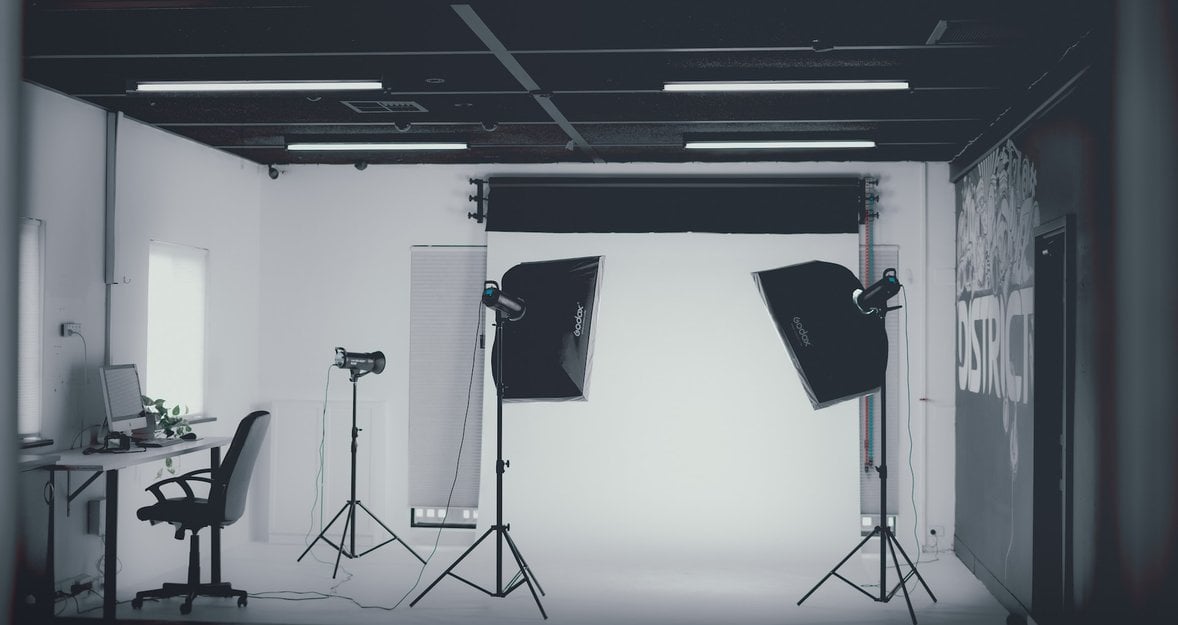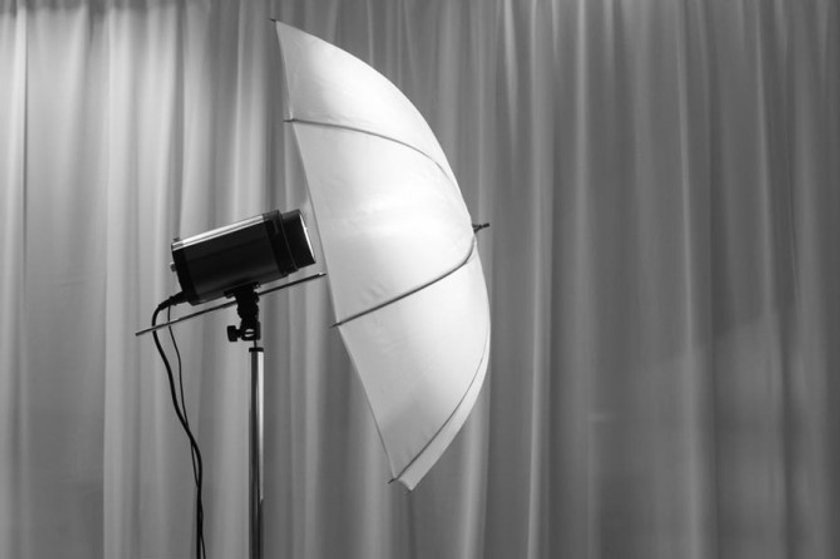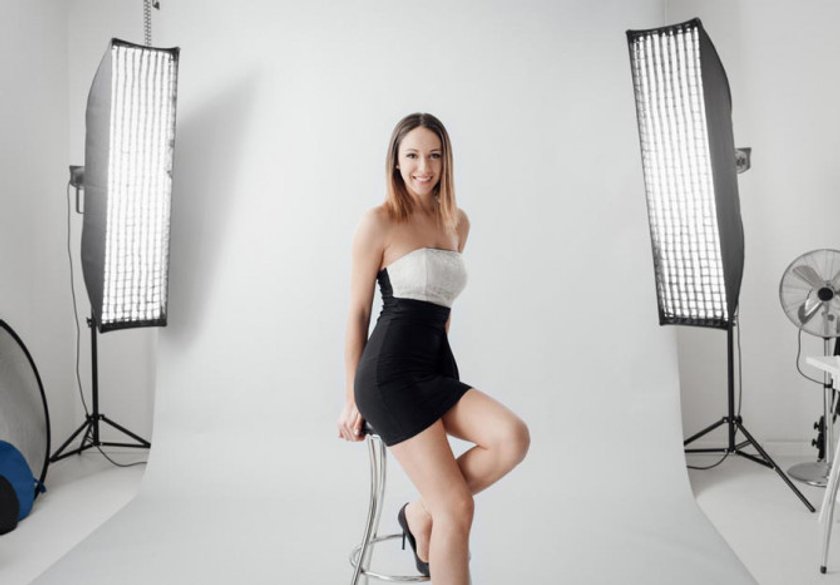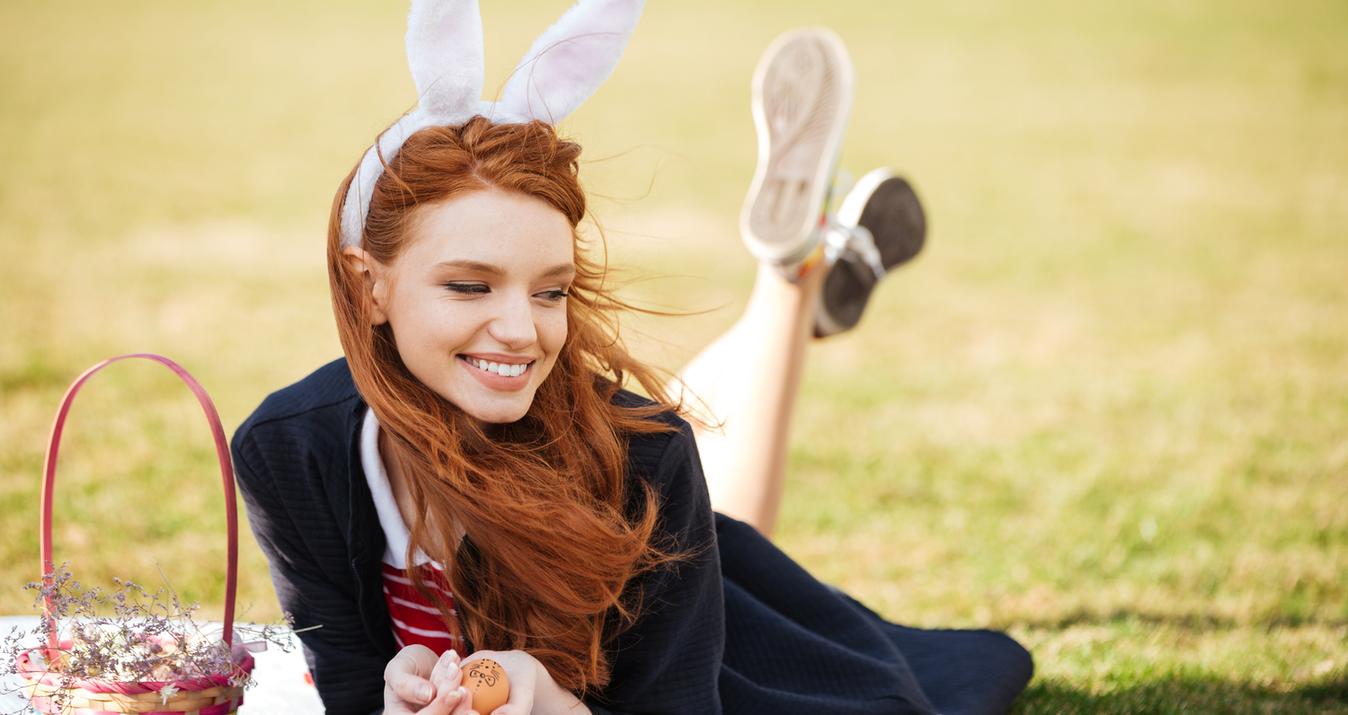What is a diffuser in photography?
April 19, 2023

In this article, the Skylum team is diving into the light of diffused softness. Want to know what is diffused light in photography? Read on for simple tips on using a diffuser in your studio.
“Embrace light. Admire it. Love it. But above all, know light. Know it for all you are worth, and you will know the key to photography.” – George Eastman
What is diffused light? It’s a soft light that doesn't have the intensity or the glare of direct light. It’s scattered and comes from all sorts of directions.
Think: what clouds do to sunlight on cloudy days.
One simple way to create beautiful images in your photo studio is to use a diffuser –– which is a device that helps evenly spread light by reflecting it off a surface or filtering it through a translucent screen.
There are many tips and tricks and types of diffusers out there and in this article, we’ll give you a simple variety of ways to use diffused studio lights in the studio.
What is Diffused Light
Before we talk about light diffuser photography, we need to understand the basics. You can control the light when shooting in a photography studio or with a flash, or you can use what's around outdoors.
So, diffuse light is light from a main source that passes through translucent obstacles before reaching the subject. A diffuser can be a cumulus cloud in the sky, a piece of translucent fabric, a sheet of paper, curtains, or professional photo diffuser equipment (umbrellas, soft boxes, etc.). It is also light in the shade on a sunny day. It is the softest and creates smooth transitions between light and shadow on the subject.
What about types of light? There are some important things to consider. Harsh light is directional light from a point source that creates sharp outlines and transitions between light and shadow. Examples of sources: the sunlight at noon or a spotlight. Soft light is usually diffuse.
How Do You Use a Light Diffuser in Photography
Often, photographers who are just starting out in the world of photography try to improve the quality of their images by setting their camera's flash. But in practice, it turns out that all their efforts have the opposite effect without a photography light diffuser. The flash is too bright, making objects and faces look flat in the finished photos, and the images appear as incomprehensible shadows. How do you fix this? Let's take a closer look:
- For example, you can try to use several light sources at the same time by placing them directly around the subject. However, in most cases, it would be quite difficult to manage such arrangements alone, and the use of complex lighting schemes is only possible in closed rooms, while in reportage photography it would be almost impossible.
- And then, of course, there is the question of how to get really good pictures with softer light if you only have a flash. Actually, the answer is simple – the secret lies in the use of special diffusers that allow to diffuse the light from the source, creating soft shadows and halftones.
So, what does a light diffuser do? This accessory allows the photographer to create the most even light pattern possible, without ugly contrast shadows and unwanted effects. It also adds depth to the finished image, making the subject look as realistic and believable as possible.
However, photography diffusers also have some drawbacks. The main disadvantage of diffusers is that their use reduces the light output by at least two times. And if the use of such an accessory in excessive light on a bright sunny day will be a real salvation, but in total darkness, the loss of power can lead to very unexpected results.
Any beginner photographer should remember the main thing – a diffuser in photography is not a panacea, but in conditions of insufficient external light it can be a real blessing, which will allow you to create incredibly beautiful pictures.
What are the Types of Flash Diffusers
When shooting a portrait, the flash sometimes creates deep shadows behind the subject. Why are they bad, they make the subject stand out against the dark background. Not at all! The harsh transition creates a poor-quality shot with artificial light.
Camera flash often creates white patches of skin on the face called highlights that ruin the subject's skin. Also, all the shadows on the subject or person's face disappear, making the image or the subject's face flat, so it loses volume.
Many photographers simply remove these defects in a graphic editor. First, this is not always correct, and second, it takes a lot of time. But there is an easier way to get rid of all the disadvantages of the built-in flash: buy a diffuser for photography. Today there are many types of diffusers, consider the most popular:
- Mini softboxes are used for group portraits or close-ups to reduce harsh shadows. Photographers today argue among themselves that this type of diffuser can change from hard light to soft. You should know right away that this is only possible under certain conditions. There is a very simple rule: the longer the distance, the harder the light.
- Spherical diffusers provide a large surface area of diffusion light. Spherical diffusers tend to be more expensive and produce more softened and very natural light. However, they are easier to use when you need to spread the light and have more softening power than the domed versions.
- Dom flash light diffusers are a step above built-in diffusion panels. This light modifier is a translucent dome that diffuses light and helps reduce its intensity.
- What if you only have a built-in flash (pop-up flash)? There are also diffusers for these flash units, they are called pop-ups. These accessories attach to the camera to soften the light from the built-in flash.
Reflectors and diffusers are not the same things. For example, reflectors are used to redirect light onto an object or scene when taking a photo. A reflector doesn't create light but redirects it. This is a great thing for creating fill light or softening shadows.
Flash Light and Constant Light
When it comes to studio photography, photographers often question whether to use flash light or constant light.
Flash lights refer to speed light that goes on your camera (or can be triggered off camera) and studio strobes. With flash light, your photos are less sensitive to vibration and you have the ability to freeze motion.
With constant light, the light is continuous — and the idea is that “what you see is what you get,” similar to how the scene looks with your naked eye.
Constant light is good for product photography and, though it can be used for models and portrait shots as well, the bright light can often be difficult on them.
Umbrella Diffuser
Umbrella diffusers don’t require much time to setup and offer many options when it comes to size and shape. A silver umbrella produces more contrast, whereas a white umbrella produces softer, more natural light. Umbrella diffusers may be common and easy to use, but they are still very versatile and can create creative lighting effects.

Softbox
A softbox has a reflecting silver layer on its interior, which gathers the light before projecting it through a diffuser. This is a common way that photographers make use of available light. And, similar to the umbrella diffuser, softbox reduces harsh shadows and diffuses light, giving a softer feel.

Stripbox
The stripbox is a long, rectangular softbox. It helps you achieve fewer shadows than its square soft box counterpart while shedding light on a particulary thin or long zone. Now you know what stripbox is.

Flash Light Shaper
A flash light shaper —or, flash bounce — allows you to bounce the light off of the ceiling of while also controlling its direction. In essence, it gives you the power to transform surfaces into diffused light sources.
Colored Flash Diffuser
As you branch into the realm of flash photography and camera light diffusers, you’ll notice it offers a lot of opportunities for creativity and capturing the moment in unique or dynamic ways. In addition to creating fun effects like red, blue, and green photos — colored flash diffusers can also be used to remove unwanted color casts from certain lighting situations. Try them in the studio — or try them at concerts and other events. The wild choice of added color is yours.
Now you know more about diffusers in photography. Whatever type of diffused light is right for you, we hope your quest for experimentation is illuminating.
From all of us at Skylum, have fun!


![10 Best AI Image Upscalers Of 2025 [Free & Paid]](http://media.macphun.com/img/uploads/macphun/blog/2451/1_10BestAIImageUpscalersFreePaidISkylum.jpg?q=75&w=1348&h=715&resize=cover)


